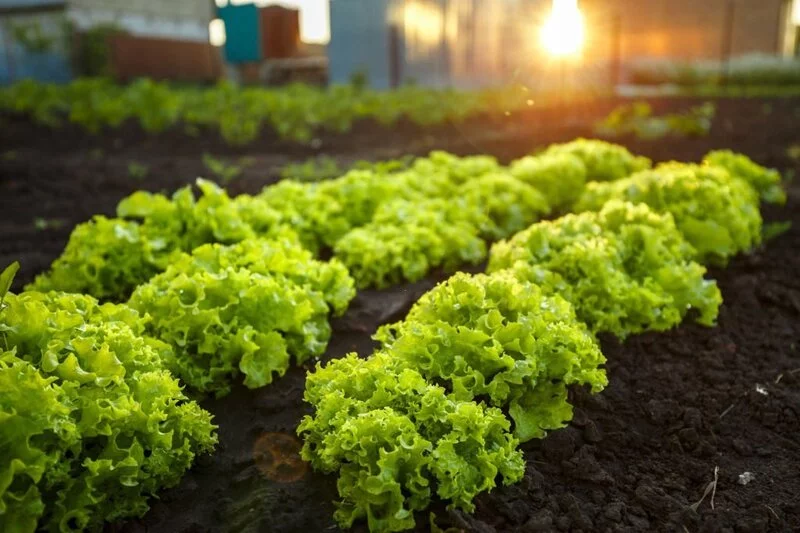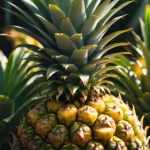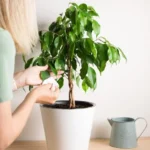Imagine picking fresh, crunchy lettuce straight from your garden even on a chilly fall day. Sounds great, doesn’t it? Well, it’s totally possible! Lettuce, unlike some other vegetables, thrives in cool weather, making it an excellent choice for early spring or fall gardening. But just how cold can lettuce tolerate? That’s exactly what we’re here to discover.
- 10 VARIETIES GREENS AND SALAD LETTUCE SEED PACKETS – 10 of our most popular salad greens including black seeded simpson, buttercrunch, cimmaron, grand rapids, great lakes, iceberg, red oakleaf, parris island romaine, red salad bowl, and waldmann’s green.
- FREE BONUS – Free plant markers to help you keep track of what lettuce seeds you planted where.
- WATER RESISTANT PACKAGING – Our high quality heirloom seeds are packaged in professional seed packets, unlike our competitors who use plastic bags which can lead to seed mold. Each high quality packet comes with planting and harvesting instructions.
- USA – Proudly grown and produced in the USA. Don’t use inferior overseas seeds in your garden. These leafy greens are great grown in hydroponics, aquaponics, indoor and outdoor gardening. Since these are all heirloom, save seeds for future gardens and provide food security for your family.
- GUARANTEE – If you aren’t happy for any reason, return your lettuce seeds for planting for a full refund.
Types of Lettuce and Their Cold Tolerance
Lettuce comes in all shapes and sizes, each with their own charm and, of course, temperature preferences:
- Romaine Lettuce: Famous for its role in Caesar salads, Romaine lettuce is a sturdy variety that can withstand temperatures as low as 20°F (-6°C) for a short time.
- Butterhead Lettuce: This tender, buttery lettuce (which includes Boston and Bibb lettuces) can generally tolerate down to 25°F (-3°C) for brief periods.
- Leaf Lettuce: Leaf lettuce, like green leaf and red leaf, is a bit more cold-sensitive than Romaine or Butterhead, but it can still handle light frost, about 28°F (-2°C).
- Iceberg Lettuce: The crunchy iceberg lettuce is surprisingly tough and can tolerate similar temperatures as Romaine.
Remember, though these temperatures are a general guideline, prolonged exposure to low temperatures can harm the lettuce plants.
Effects of Cold Temperatures on Lettuce Growth
Cold temperatures affect lettuce growth in several ways. When the weather cools down, lettuce growth slows, but this isn’t necessarily a bad thing. Slow growth often leads to sweeter lettuce, as the plant converts starch to sugar to prevent freezing.
But beware of extreme cold or unexpected frost. Very low temperatures can damage or kill lettuce, particularly tender seedlings. And don’t forget about bolting – a sudden cold spell followed by warm weather can shock lettuce into premature bolting, causing it to produce seeds and become bitter.
Now that we’ve learned about the different types of lettuce and their cold tolerance, and how cold impacts their growth, let’s discover how we can protect these leafy greens in colder temperatures.
Protecting Lettuce from Cold Temperatures
Frosty mornings need not spell the end for your lettuce crop. Here’s how you can shield your lettuce plants from the cold:
- Use Cloches: A cloche is a transparent cover, like a mini-greenhouse, that can keep your lettuce snug. You can buy ready-made cloches or even use a large plastic bottle with the bottom cut off.
- Cold Frames: Cold frames are bottomless boxes with a clear top. They trap heat and protect lettuce from freezing conditions.
- Row Covers: These lightweight fabric covers allow light and water to reach your plants while providing protection against frost.
- Defend Against Unwanted Visitors: Gardening is a rewarding and fulfilling endeavor, and you’ll watch your plants grow from nothing to maturity before you finally harvest them. Once the plants begin to flower and bear fruit, these unwelcome visitors visit your garden and often leave a trail of destruction. Garden netting is the best choice for protecting your plants
- Effective Physical Barrier: The large size of 4 x 25ft provides more security. Ultra fine garden netting with 0.8 mm x 1 mm ultra fine mesh, garden netting covers are widely used in pastures, orchards, and gardens, protect your vegetable investment with this simple shelter, The plant netting can not only perfectly protect vegetation, but also improve agricultural yields
- Reusable: Made of high quality transparent mesh PE material, twice as thick as ordinary garden netting, with good elasticity and toughness to withstand sunlight, very durable, if properly maintained, it can last 3-5 years
- Perfect for Protecting Your Plants: The mesh design allows sunlight, rain, and air to pass through, and you can even water your crops directly through the mesh, garden mesh netting can be used in all growing seasons, and can be cut into different sizes to meet your different requirements
- Our Service: Jevrench garden netting makes your life easier, If you encounter any problems with our garden netting, please contact us, and we will be happy to resolve them for you
Planting and Harvesting Lettuce in Cold Seasons
With the right approach, cold-season lettuce gardening can be incredibly rewarding. Start your seeds indoors or in a greenhouse if possible, then transplant them when they’re sturdy enough. To keep the harvest going, plant new seeds every two weeks. When it comes to harvesting, pick outer leaves first, and the plant will keep growing. Remember, lettuce likes it cool, not cold, so don’t forget to give them the protection they need!
FAQs
- Can lettuce survive snow? Yes, some hardy varieties can survive light snow. However, heavy snow might damage the plant.
- Does lettuce grow back after cutting? Yes, if you harvest by picking outer leaves, the plant will continue to grow.
- When is the best time to plant lettuce? Early spring and fall are the best times. Lettuce prefers cooler weather and can bolt in hot summer months.
Conclusion
Lettuce is a resilient, cool-loving crop that, with a bit of care and protection, can tolerate a range of colder temperatures. Each variety has its own cold threshold and knowing this can help you plan and protect your lettuce garden effectively. So go ahead, don’t let a bit of chill deter you from enjoying fresh, home-grown lettuce throughout the season.






